
Photo essay Documentary
Nancekuke
Nancekuke is an isolated area on a beautiful Cornish clifftop in the southwest of England that was used as an airbase during World War Two. Photographer Michael Crocker was inspired by this place and started a project about this place and eventually turned it into a book.

Tell us a little about your background – what path led you to becoming a photographer, and to doing what you’re doing today?
I started my journey with Photography as a child at school, having chosen to study Photography in the knowledge that they gave you a camera and then let you leave the school! I soon became totally obsessed with the idea of communicating my ideas visually, which led me on to studying photography at university level. After that I worked in commercial photography and publishing for the next 15 or so years, shooting work for books and magazines, along with scanning, retouching and prepress. I did eventually become rather disenchanted with commercial photography, producing work entirely to satisfy someone else’s creative vision came with its limitations. By chance I was offered the opportunity to use my skills to lecture in Photography at a University, and that has sent me down the path of teaching for the last 10 years. A few years ago, I returned to university myself to complete an MA in Photography which was quite a turning point for me and a much-needed reinvention, I met some hugely inspirational lecturers on the MA course and had the space to make meaningful concept driven work that was important to me.
Now my work can be loosely described as documentary landscape photography where I have a specific interest in the agency that forms between place, artist, and visual outcome. My work creates a visual response to the phenomenological link between spatial experience and consciousness and is often informed by literary sources recording experiences of place. The notion of what we consider place to be within space is an area of interest within my image making. I tend to work mostly with analogue processes as I prefer that aesthetic quality and find the slower pace of film photography a more engaging way to record the scene in front of me, although I still use my experiences of the publishing world to create limited edition photobooks of my work. I am in the fortunate position of being able to earn a living lecturing in photography which means my work does not have the constraint of having to provide an income and that makes a big difference to the type of photography I create.
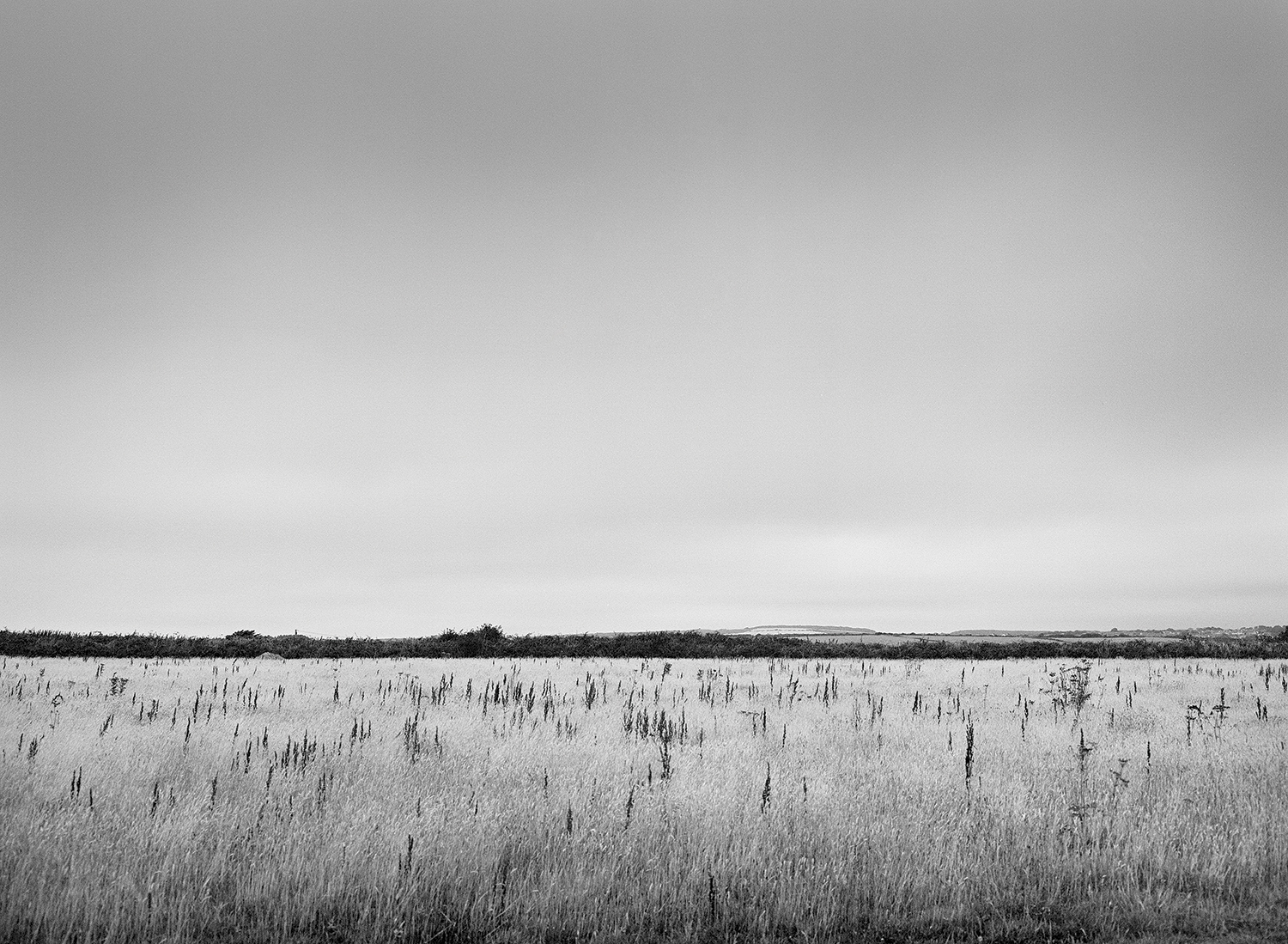
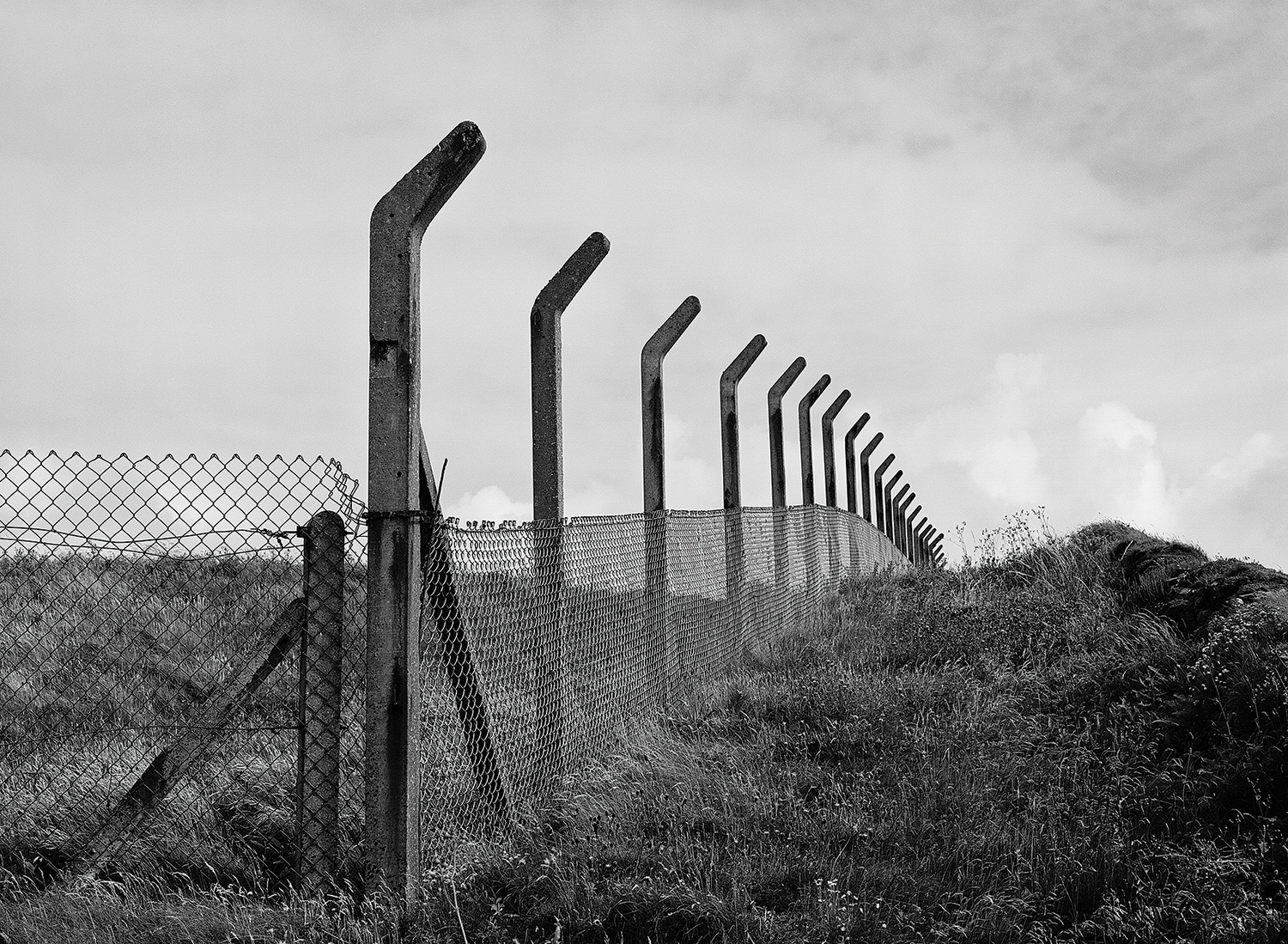
Can you tell me a bit more about the project?
Nancekuke is an isolated area on a beautiful Cornish clifftop in the southwest of England that was used as an airbase during World War Two. When the Cold War started, the British Government used Nancekuke to covertly produce 20 tonnes of Sarin nerve agent which was enough to kill the worlds entire population five times over.
I had read a lot about the activities at Nancekuke and began to research it further discovering a rather secretive history. I decided to go and visit for myself, and soon felt drawn to photographing the landscape while writing down my experiences of visiting. It turned in to a major long-form project with many overnight trips spent revisiting the landscape and photographing the area over two years.
What I found was an almost schizophrenic landscape, it is a place of true duality. On one hand Nancekuke is a largely unspoilt natural space with panoramic clifftop views of the coast. It is isolated and remote, but also a peaceful location to visit. However, when you look a little deeper, there is this horrifying history to the space where one of the most lethal chemicals on earth was secretly manufactured in industrial quantities. There is still plenty of evidence to be found of this dark past and when that is juxtaposed against an alluring natural backdrop it leaves us with a contesting sense of place. The Nancekuke project records the rugged vistas and the ever-changing seascape of the area, whilst acknowledging it as a place with a lethal and unsettling history when viewed through a contemporary lens.
After two years of visiting Nancekuke, the work is now complete and is published as a Photobook which is available on my website.
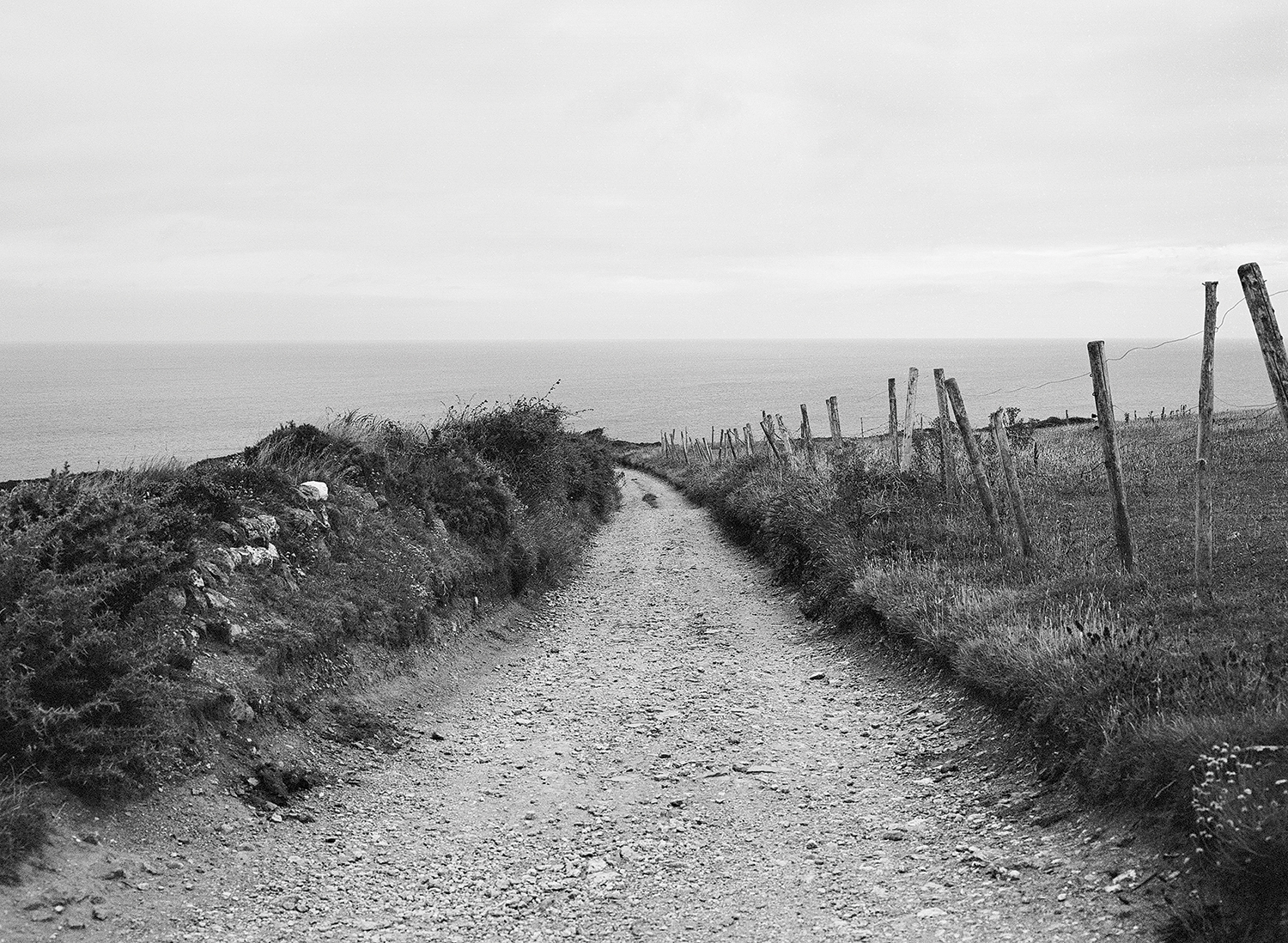
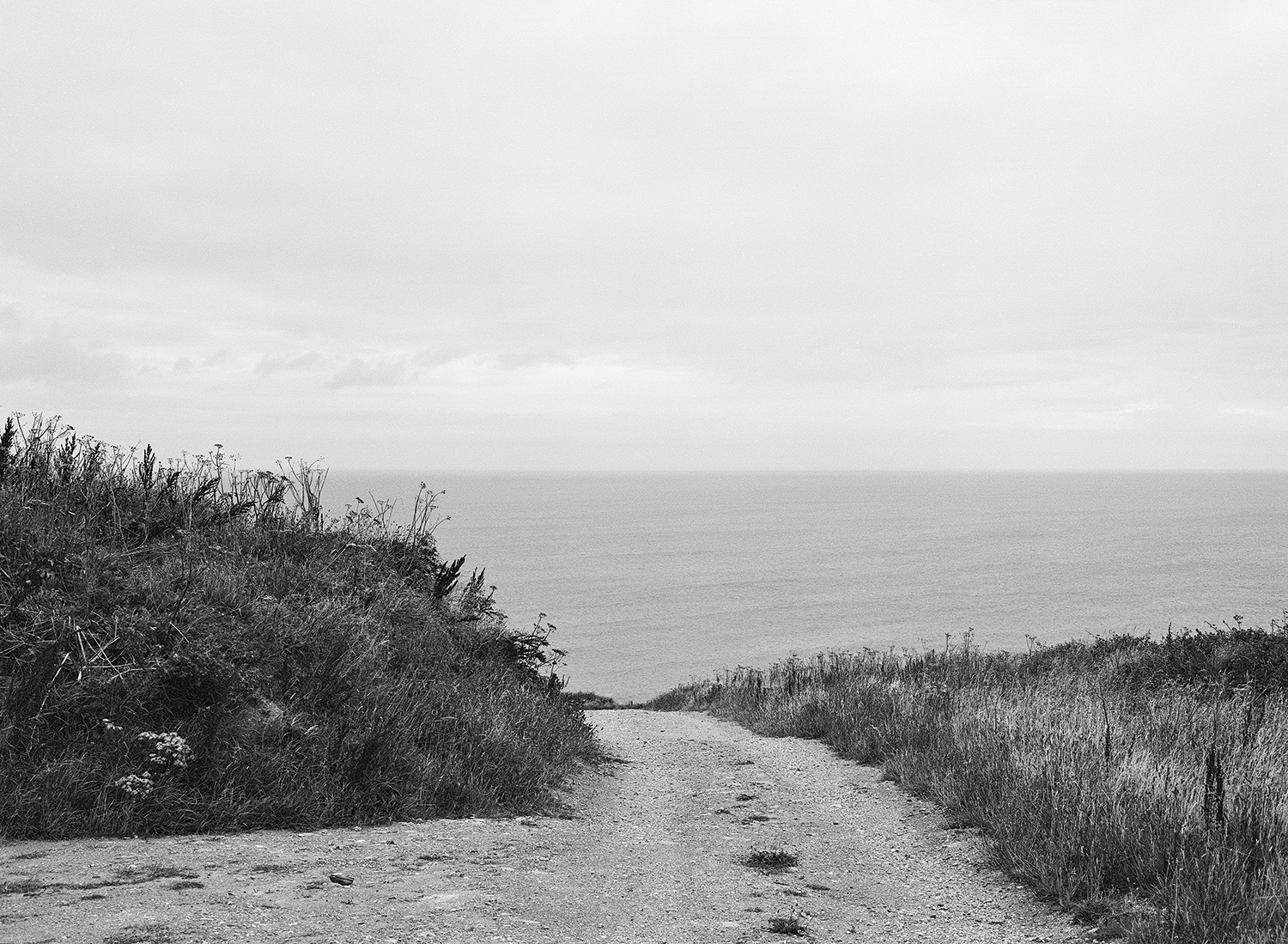
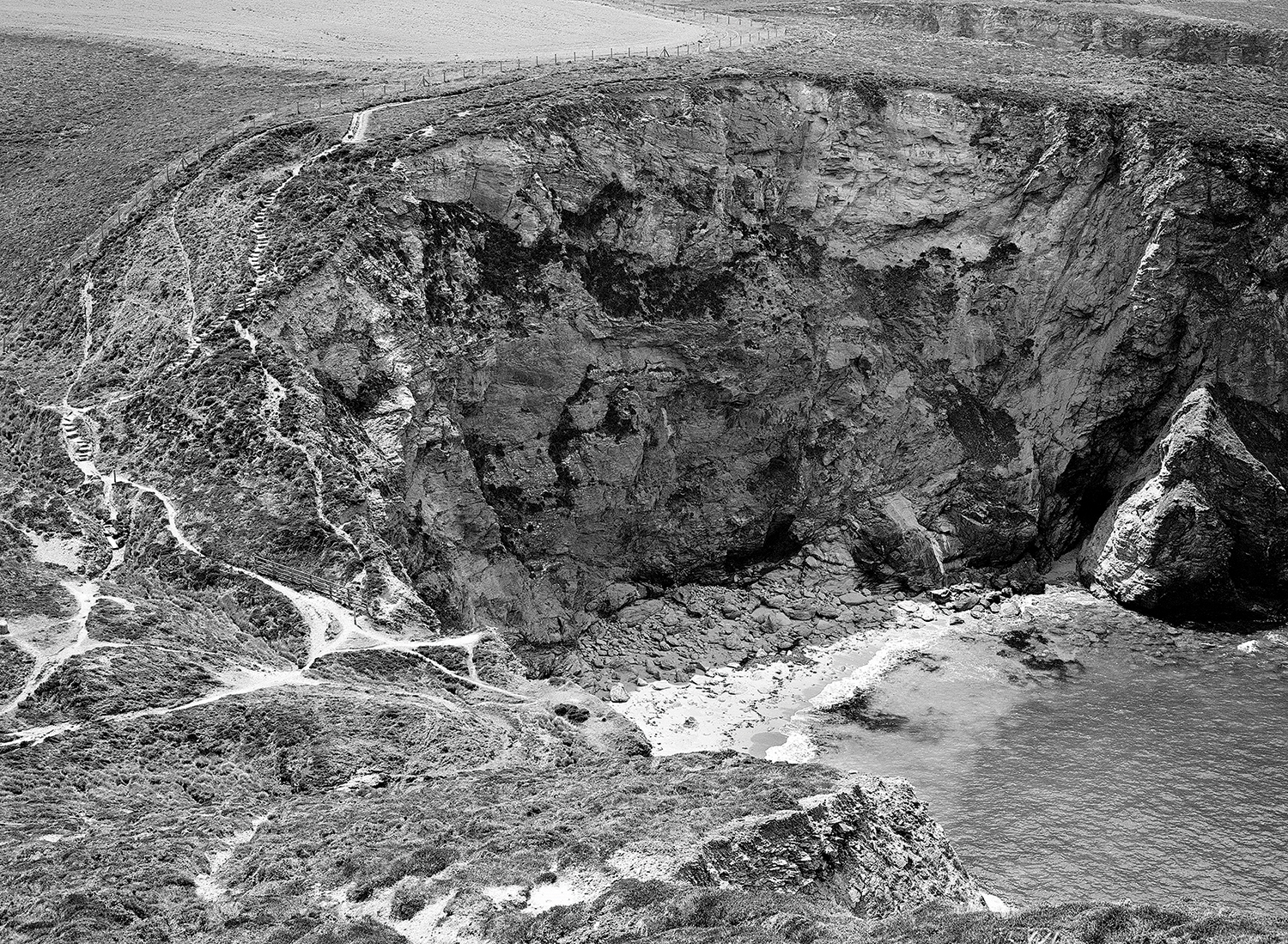
Who is your photography hero and why?
I would not say that I have a specific photographic hero as such, as I seem to draw inspiration from lots of different directions, that might be from an exhibition I have visited, a book I have read or an unusual feature on a map that generates a sense of curiosity. Often, I will read something that will trigger a thought process that will lead to lots of research and photographic experimentation before arriving at work I am happy with.
I do love tactile qualities of Photobooks and zines of all types and they too are always inspiring. I love the work of John Gossage, especially his book The Pond. I have been looking into a lot of Tim Carpenter’s work recently and his beautifully produced books. There is also some great stuff coming out of Scandinavia at the moment, Emmanuel Cederqvist’s The Ditch really resonated with me while producing Nancekuke.
What would be your dream creative project?
I have a new project which is in the late research phase right now. I will be taking a sabbatical from my lecturing work in the spring to spend a few months in northern Spain following the route of the Camino de Santiago pilgrimage. The research I have completed so far has identified this ancient pilgrimage as an enlightening experience for many people completing it, to the point where the walk requires the bare minimum of possessions to be carried and so all of life’s modern-day distractions become removed by default. I find that disassociation with technology and modern-day life really interesting as many of my sources of research have cited the changing landscape of the walk as a metaphor for personal change. I am looking forward to completing the Camino de Santiago and using it as an opportunity to engage with the spaces around me in the same way as thousands of pilgrims have done before, whilst also recording it photographically. I am not sure what direction photographically the walk will take me, but I am hoping for an immersive experience where I can make images entirely informed by the spaces around me.

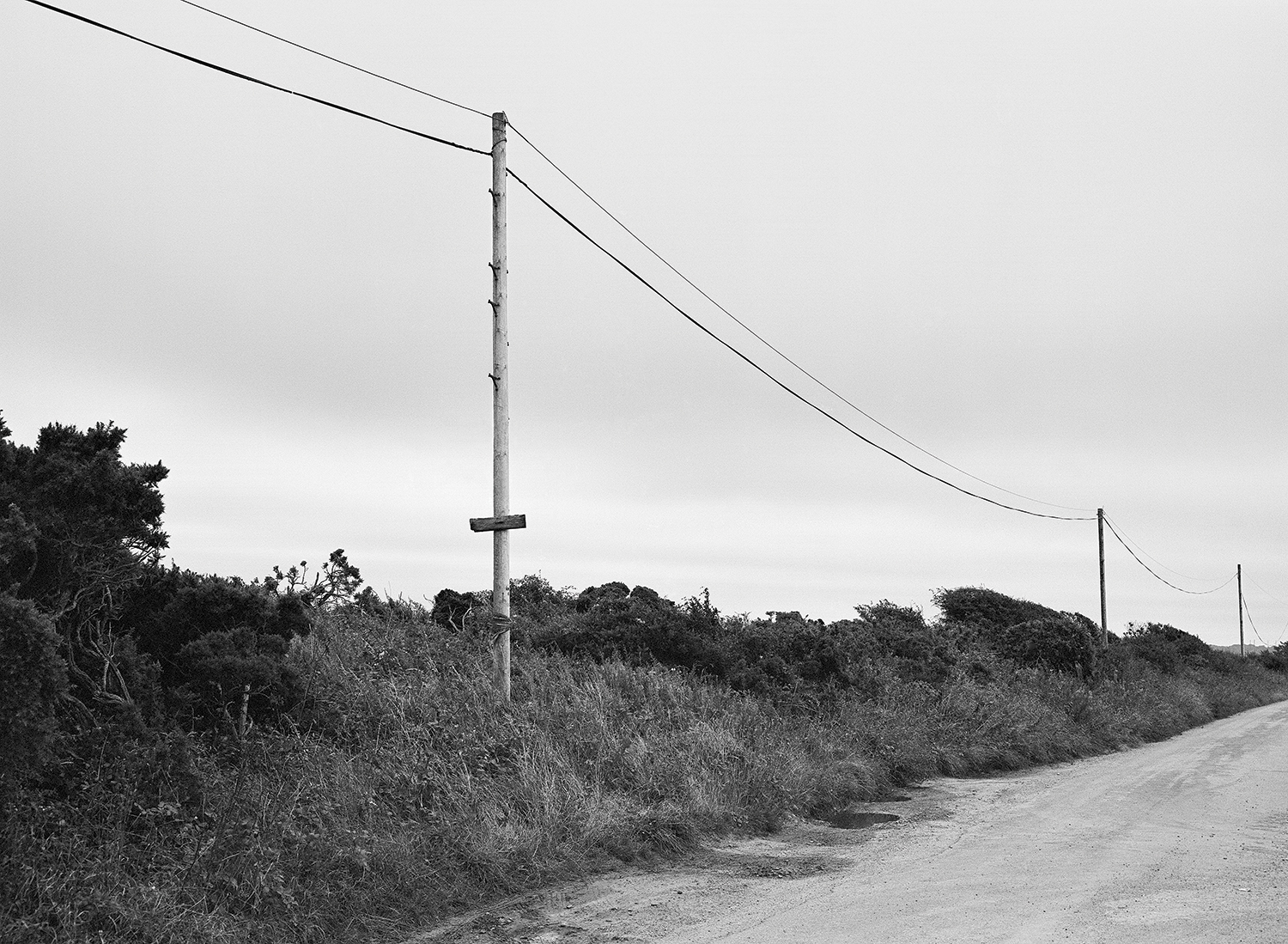

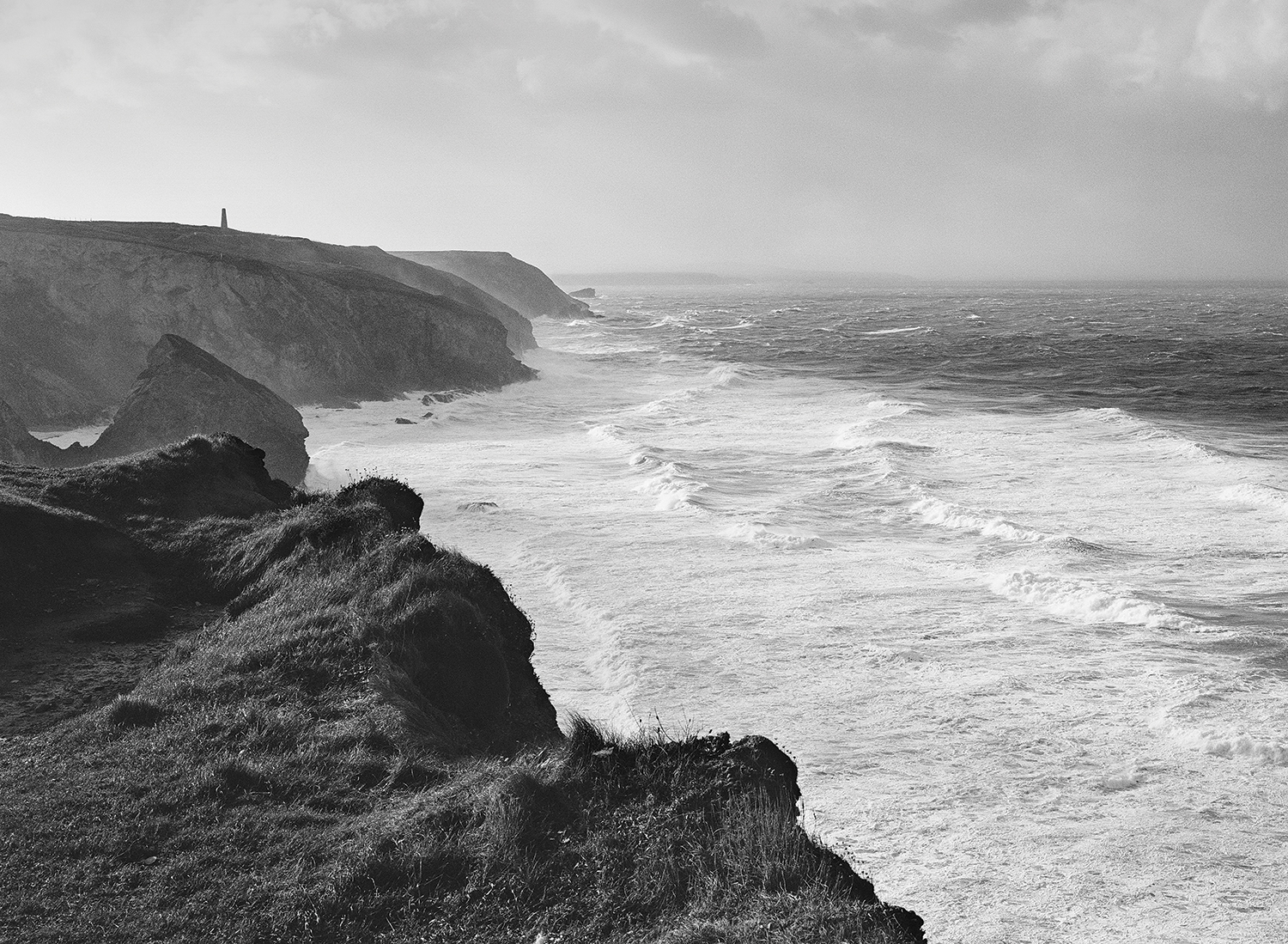
© Pictures by
Michael Crocker
